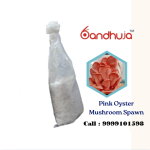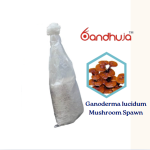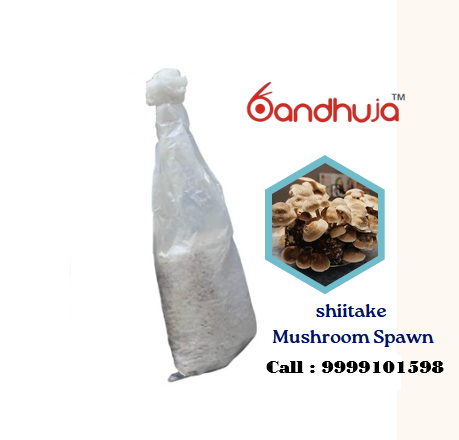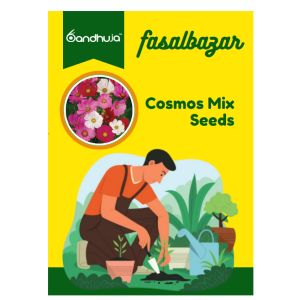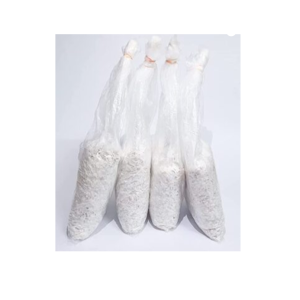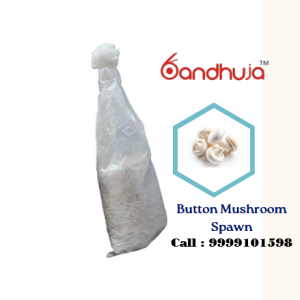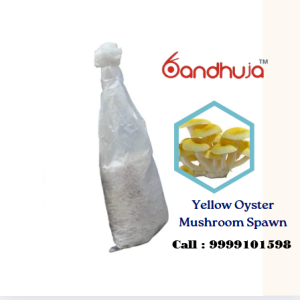Description
Shiitake mushroom farming, involving the cultivation of Lentinula edodes, is a popular and lucrative agricultural practice known for its rich flavor and numerous health benefits. Shiitake mushrooms are widely used in culinary dishes and are highly valued in both fresh and dried forms. Here’s a comprehensive overview of shiitake mushroom farming:
1. Growing Conditions
Shiitake mushrooms thrive in specific environmental conditions, which include:
Temperature: The ideal temperature for growing shiitake mushrooms ranges from 60°F to 75°F (15°C to 24°C). They prefer slightly cooler temperatures during the fruiting stage.
Humidity: High humidity levels (around 85-95%) are crucial for optimal growth. Maintaining humidity helps prevent the mushrooms from drying out and promotes healthy fruiting.
Light: Shiitake mushrooms require some light for fruiting, but they do not need direct sunlight. Indirect light or fluorescent lighting is sufficient.
2. Substrate Preparation
Shiitake mushrooms can be cultivated on various substrates, with the following being the most common:
Hardwood Logs: Shiitake mushrooms are traditionally grown on freshly cut hardwood logs, such as oak, maple, or beech. This method mimics their natural growing conditions.
Sawdust Blocks: For more controlled environments, shiitake mushrooms can also be grown on sterilized sawdust blocks, which can be enriched with nutrients.
Straw: While less common, straw can also be used as a substrate for shiitake cultivation.
The substrate must be properly prepared and pasteurized or sterilized to eliminate contaminants before inoculation.
3. Spawn Inoculation
Mushroom spawn, which contains the mycelium of the shiitake mushroom, is used to inoculate the prepared substrate. This process is typically done in a clean environment to minimize contamination. For log cultivation, holes are drilled into the logs, and the spawn is inserted. For sawdust blocks, the spawn is mixed thoroughly with the substrate.
4. Colonization
After inoculation, the substrate is placed in a dark, warm environment to allow the mycelium to colonize. This process usually takes about 2 to 3 months for logs and about 2 to 4 weeks for sawdust blocks, depending on the substrate and environmental conditions. During this time, the mycelium spreads throughout the substrate, breaking it down and preparing for fruiting.
5. Fruiting
Once the substrate is fully colonized, conditions are adjusted to initiate fruiting:
Temperature: Slightly lower temperatures may be introduced, typically around 55°F to 65°F (13°C to 18°C).
Humidity: Humidity levels should be maintained or increased to promote healthy growth.
Fresh Air: Adequate ventilation is crucial to prevent carbon dioxide buildup and encourage the development of fruiting bodies.
For log cultivation, soaking the logs in water for 24 hours can help trigger fruiting. After a few days, small mushroom pins will begin to form, eventually developing into mature shiitake mushrooms.
6. Harvesting
Shiitake mushrooms are typically harvested when the caps are fully expanded but before they begin to flatten out. Harvesting is done by twisting or cutting the mushrooms at the base to avoid damaging the surrounding mycelium, allowing for subsequent flushes.
7. Post-Harvest Handling
After harvesting, mushrooms should be cleaned and packaged carefully to maintain freshness. They are best stored in cool, humid conditions and can be sold fresh, dried, or processed. Proper handling is essential to prevent bruising and spoilage.
8. Challenges in Shiitake Farming
Pest and Disease Management: Common pests include flies and slugs, while diseases can include bacterial blotch and mold. Implementing good hygiene and pest management practices is essential.
Market Demand: Understanding local market trends and consumer preferences can help farmers maximize sales.
Environmental Control: Maintaining optimal growing conditions can be challenging, especially in fluctuating climates.
9. Economic Viability
Shiitake mushroom farming can be a profitable venture due to the high demand for fresh and dried mushrooms. With relatively low startup costs and the ability to grow on various substrates, it offers opportunities for both small-scale and commercial farmers. The unique culinary appeal and health benefits of shiitake mushrooms can also command higher prices in the market.
Conclusion
Shiitake mushroom farming is a sustainable and rewarding agricultural practice that can be pursued by both beginners and experienced growers. With the right techniques, knowledge, and attention to detail, farmers can successfully cultivate shiitake mushrooms and tap into a growing market, contributing to both their income and the availability of this flavorful and nutritious mushroom variety.

